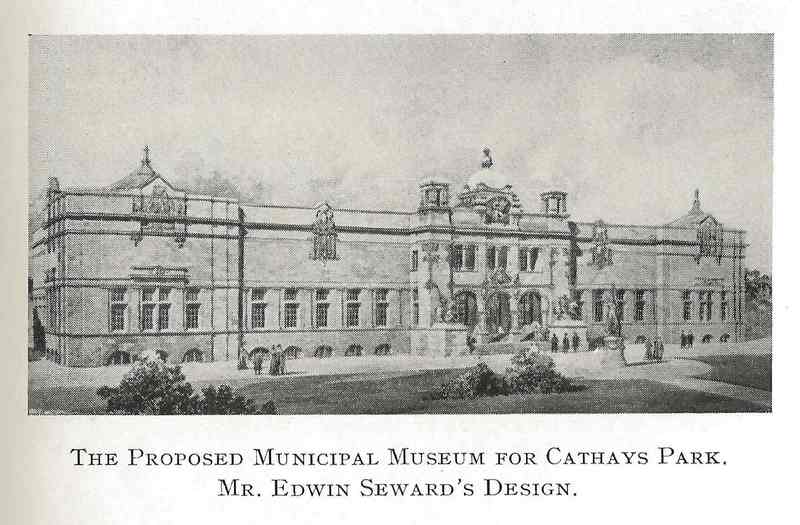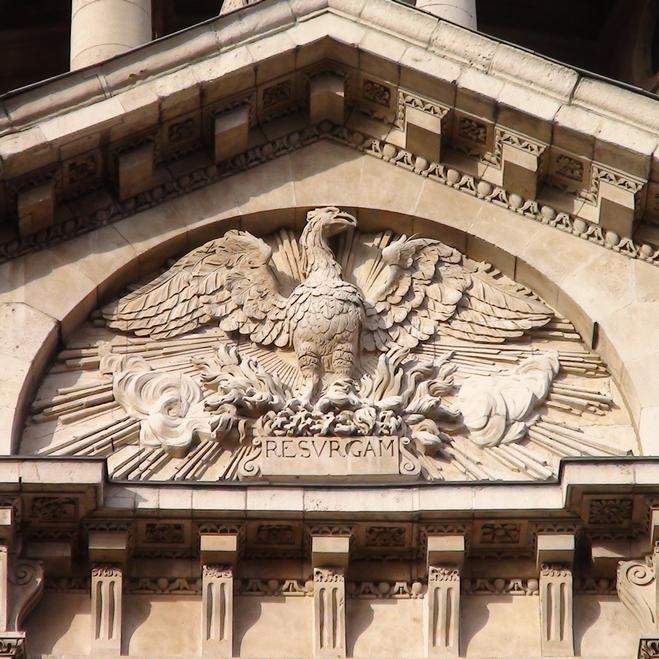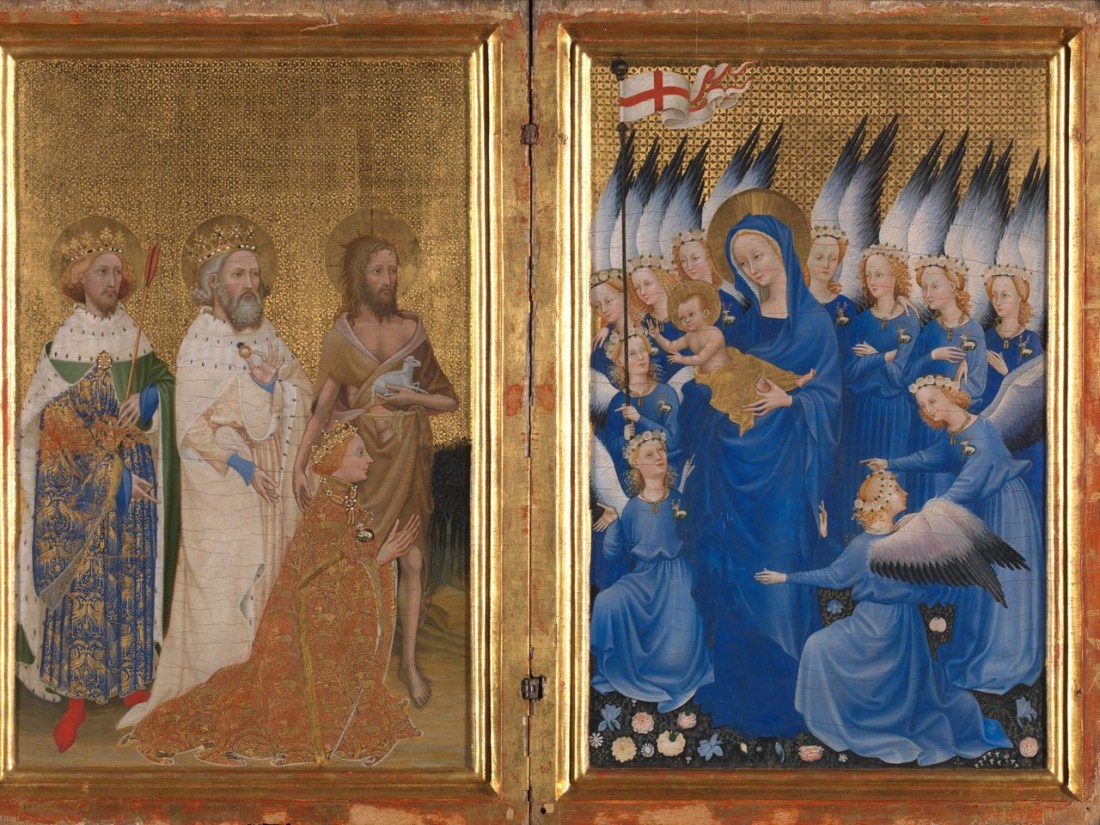Occasionally an architectural style can be so dominant in a city that it becomes a kind of local vernacular. Bath is given its identity by the Regency Neoclassical, Bristol has its own variation on the Byzantine, Oxford is high-gothic and Coventry is mid-century modern. York is known by its warren of medieval streets and Aberdeen has its own particular granite solidity. Amongst all these, Cardiff, capital of Wales, must be the city of mongrel architecture, an architecture of eclecticism that takes from all styles and sources to make something utterly original, and it would seem this can be traced back to one man, Edwin Seward.
Tag: Gothic
Ashes to Ashes: Fires, Cathedrals, and Resurrections
On the 11th June 1144 Abbot Suger of the Abbey of St Denis, Paris, gathered the bishops of France for the dedication of his newly built choir and east end. This marked a sea-change in architecture, gone was the heavy solidarity of the Romanesque and in came the lightness and delicacy of the Gothic. In the years after the meeting of the bishops, many of their home cathedrals would burn down only to rise from the ashes in the new gothic style of Suger’s St Denis.
The Image of a King: The Wilton Diptych and Richard II
The Wilton Diptych is one of the oldest and most luxurious works in the National Gallery’s collection. This gold covered diptych was made some time between 1395 and 1399 by English or French craftsmen for King Richard II of England, it is laden with symbolic imagery connected with Richard and his divine right to rule, not just in its subject matter but also in the materials and techniques involved in its making.
Review: Léon Spilliaert at The Royal Academy
★★★★★: Belgium, land of beer, chocolate, charming medieval towns and cosy city breaks. If this is your idea of the diminutive Benelux nation then Léon Spilliaert is here to make you think again. Prepare to be drawn into an intoxicating world of insomniac melancholy that will forever change the way you see the home of Tintin and waffles.




